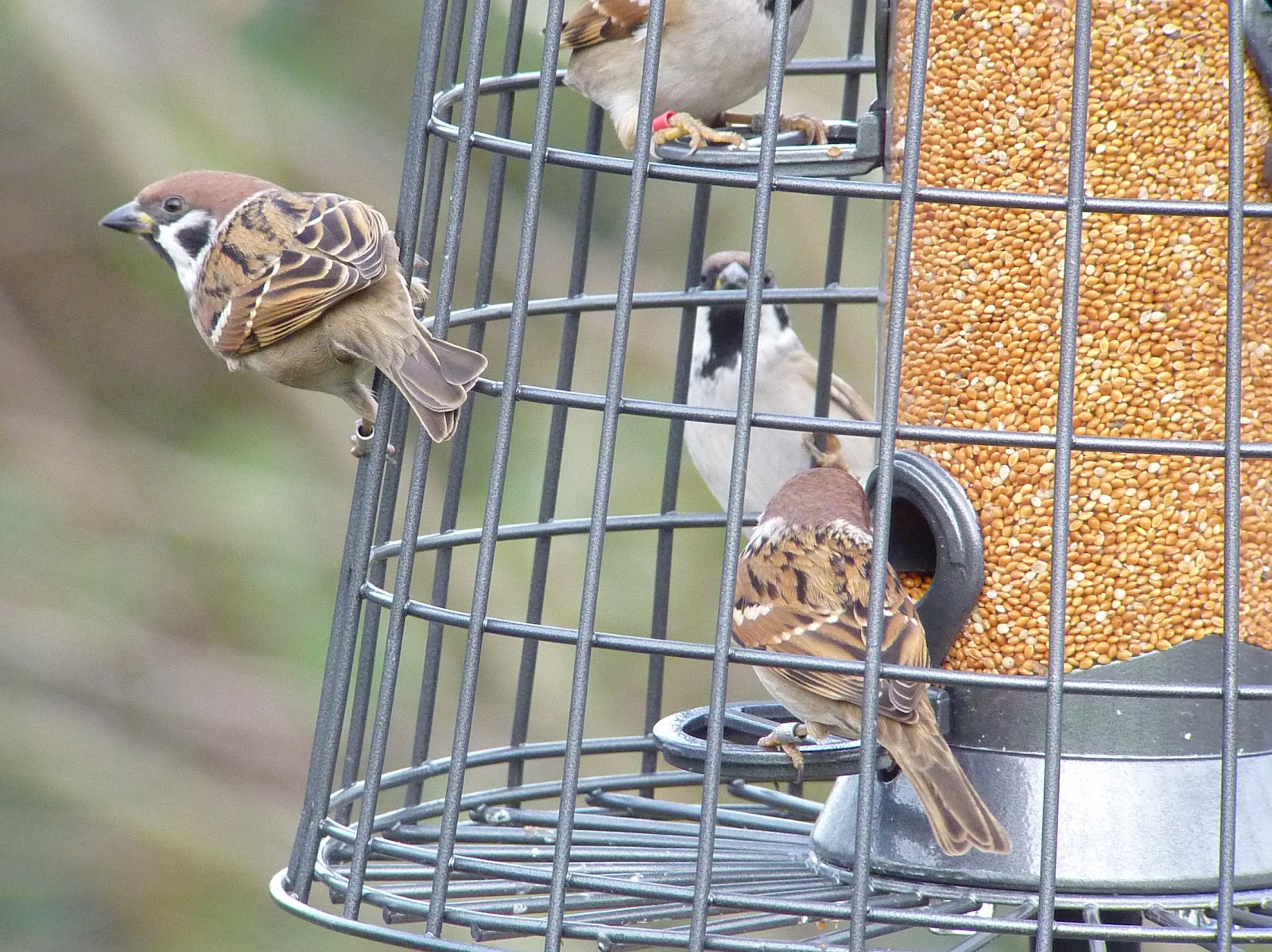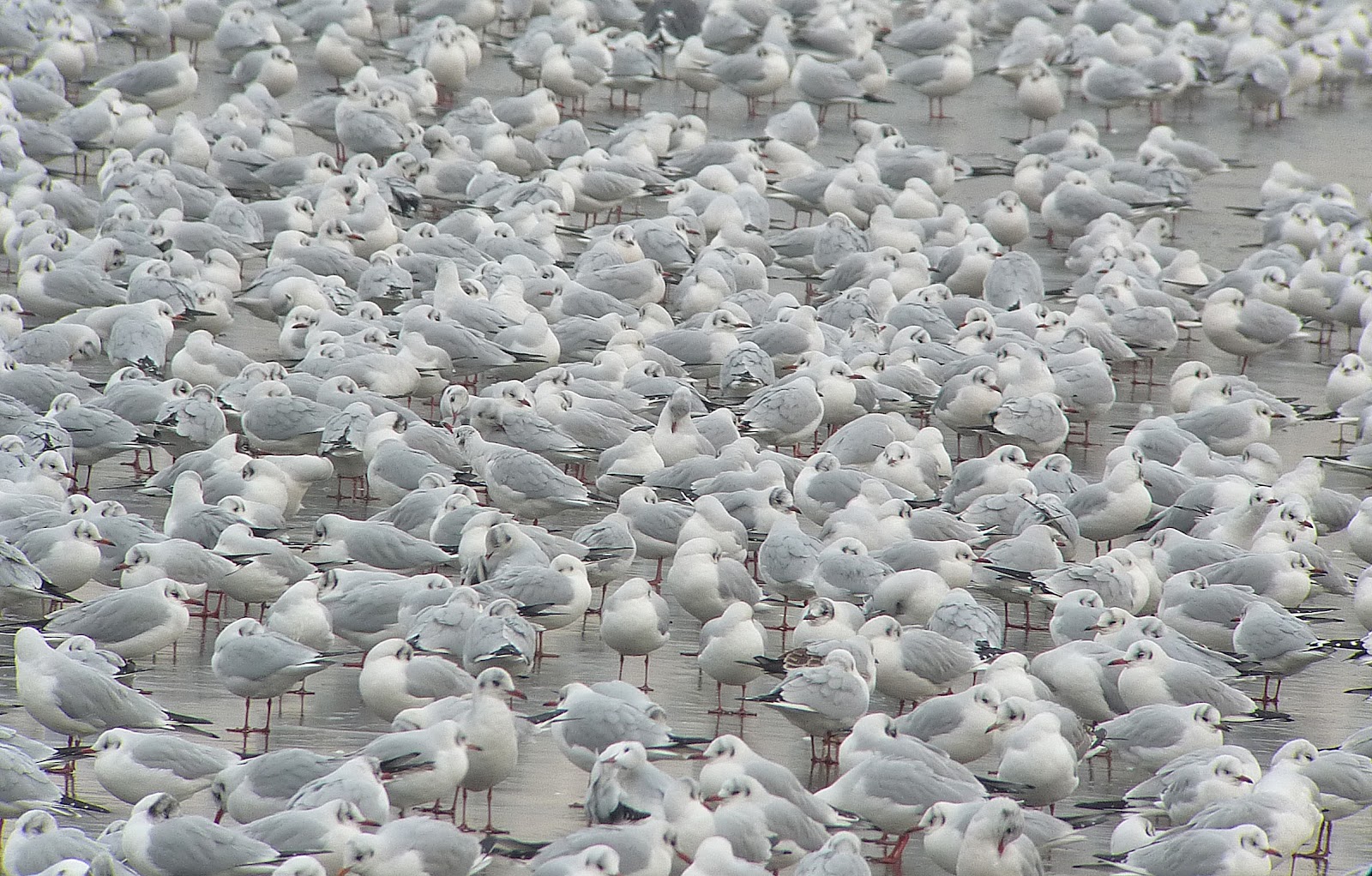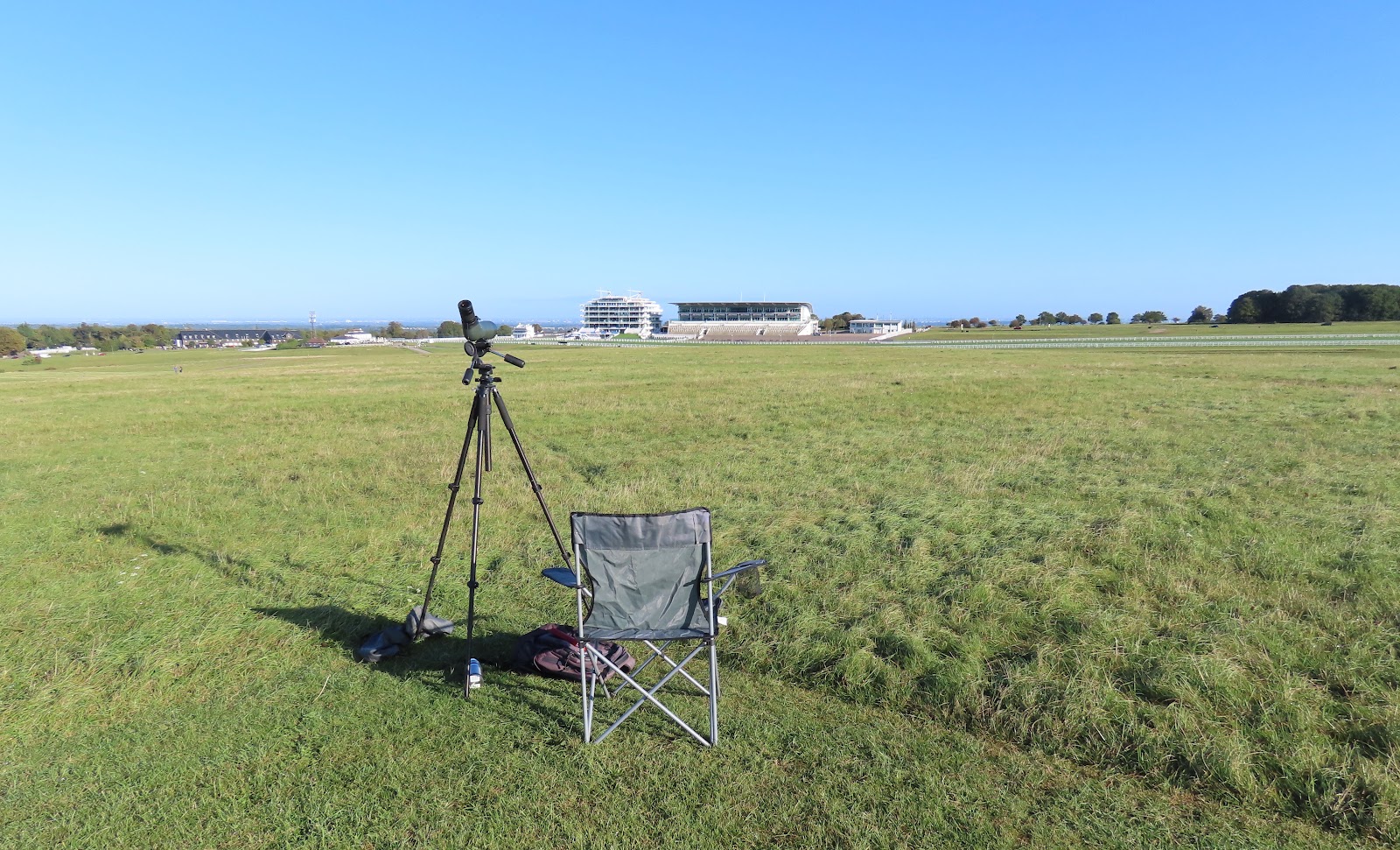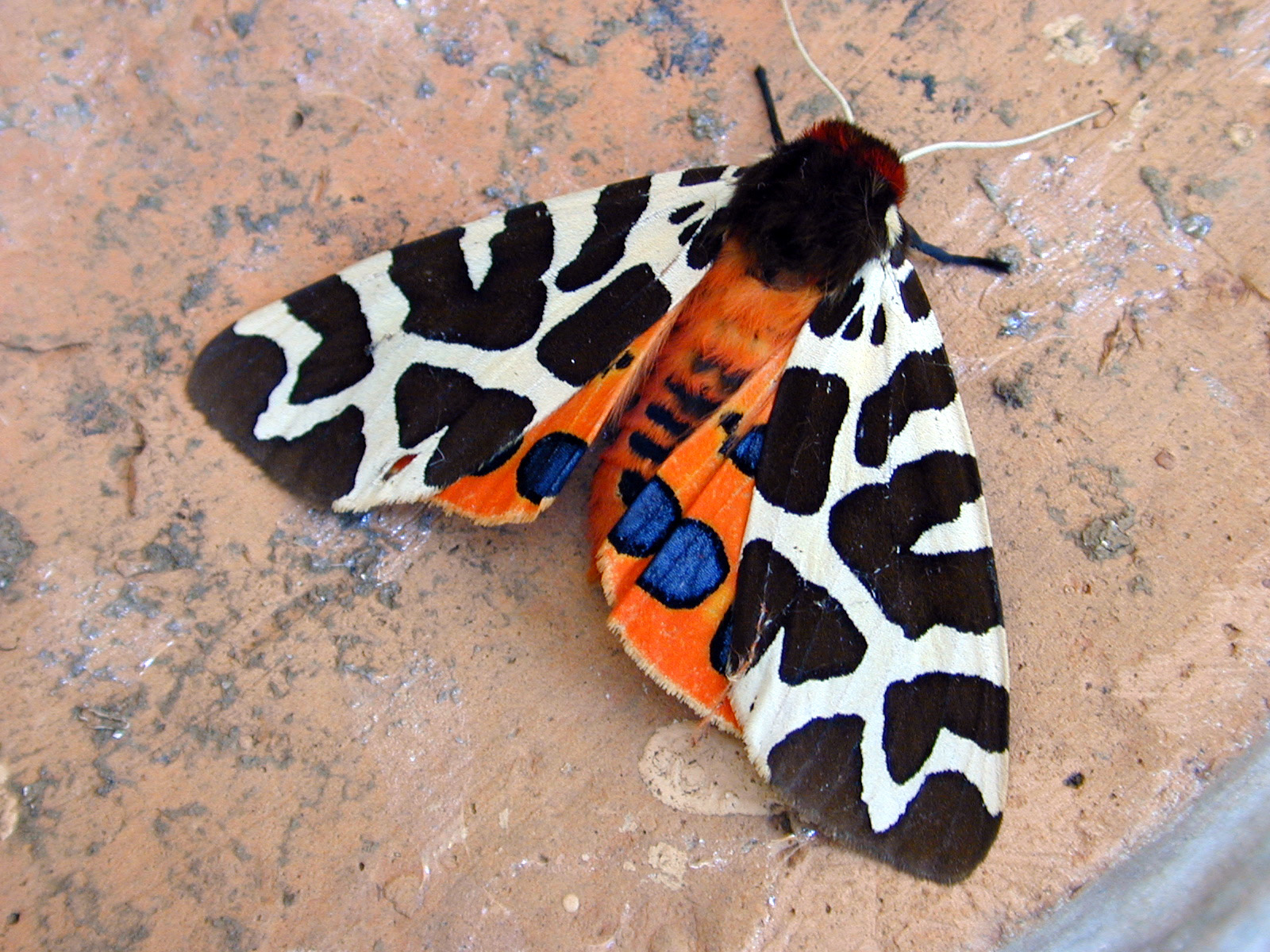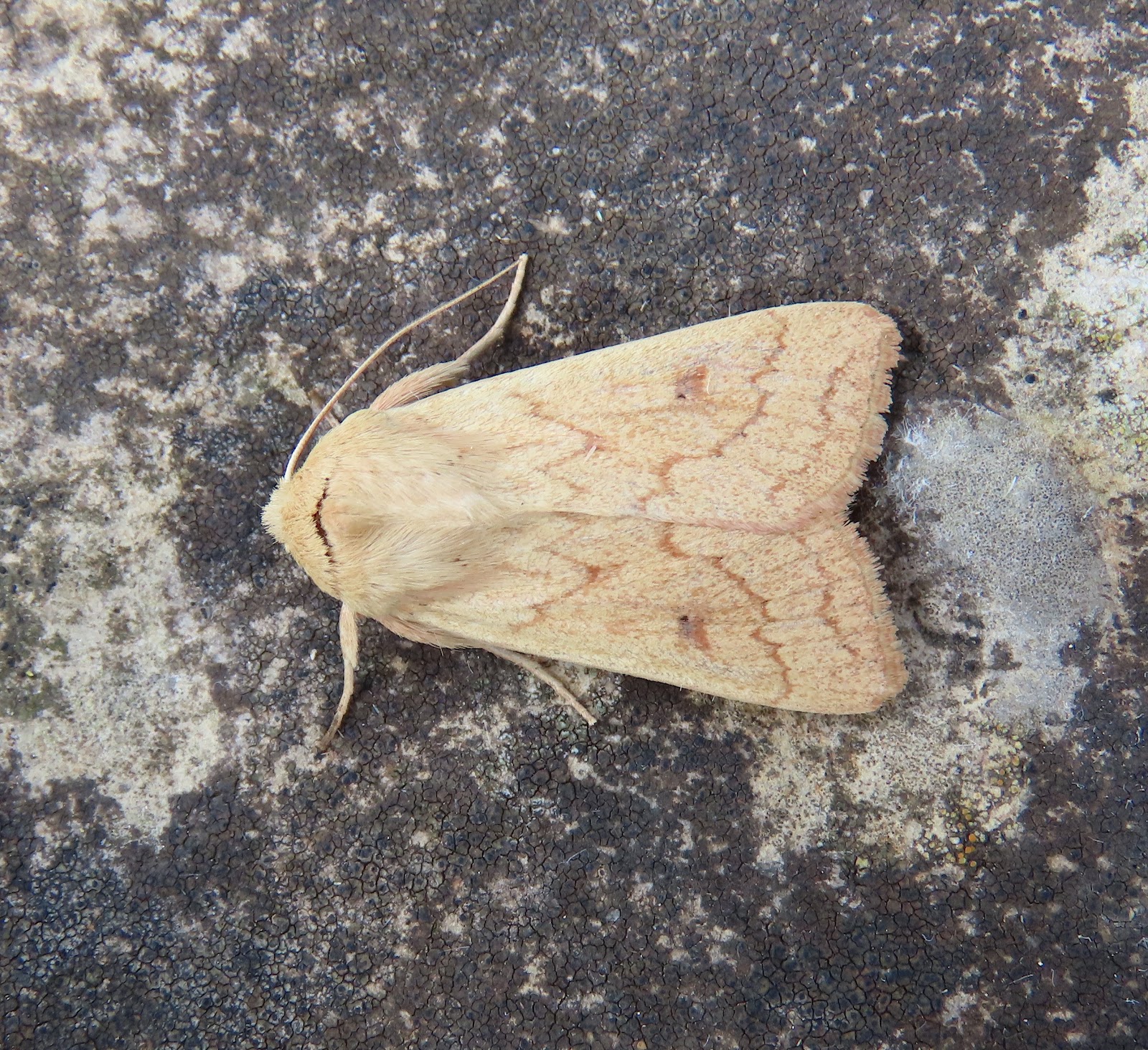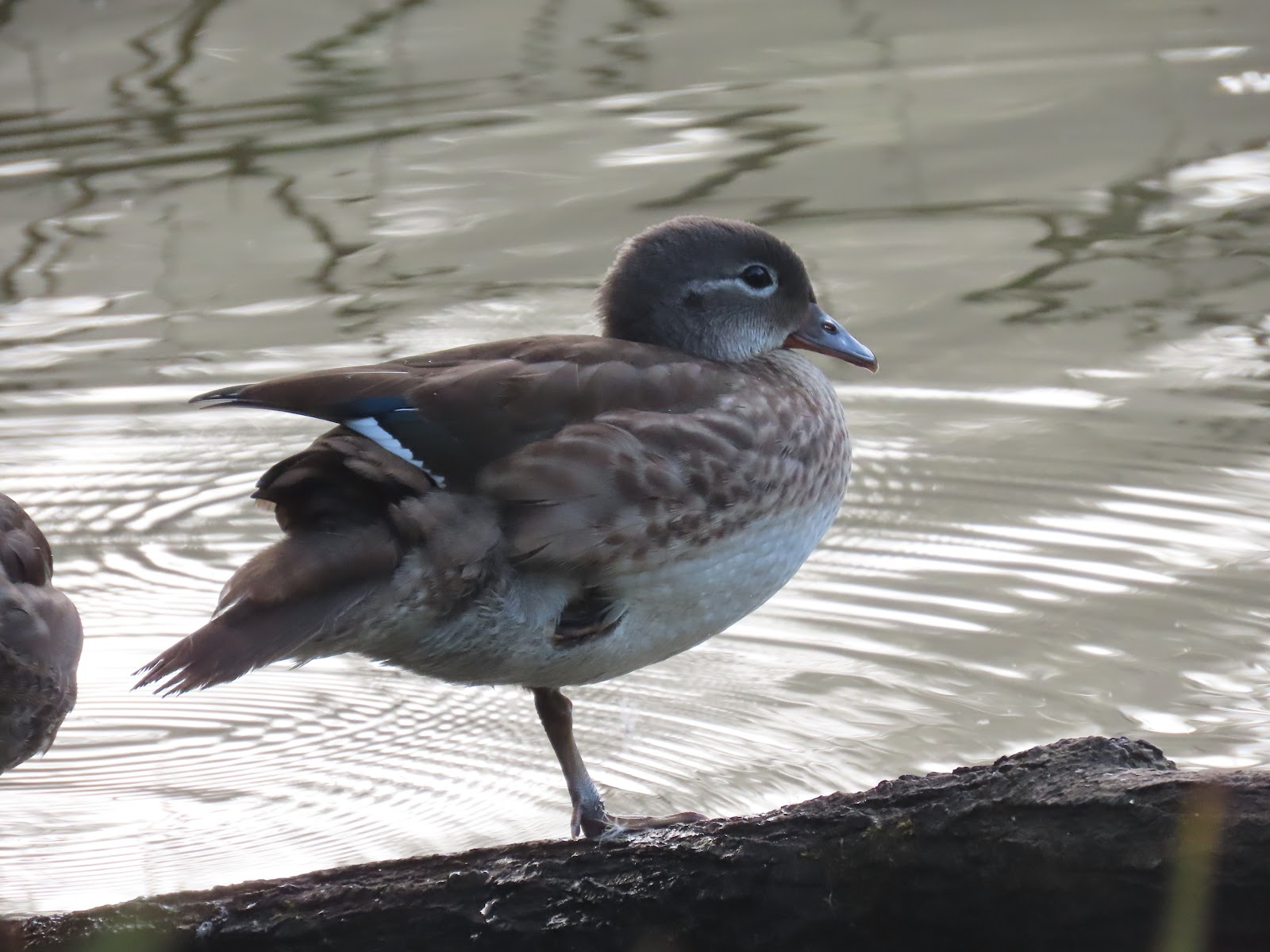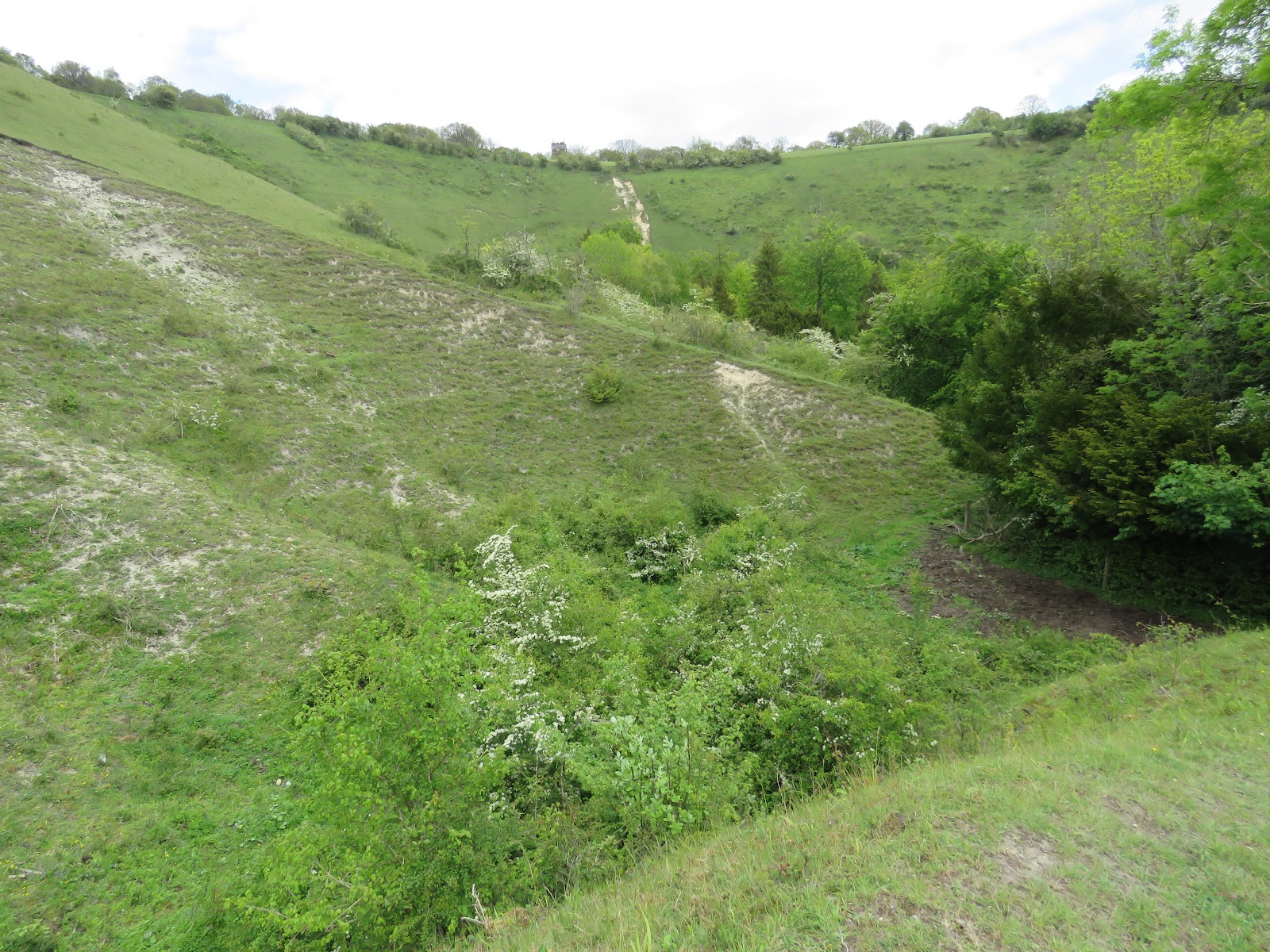End of. Beginning of.
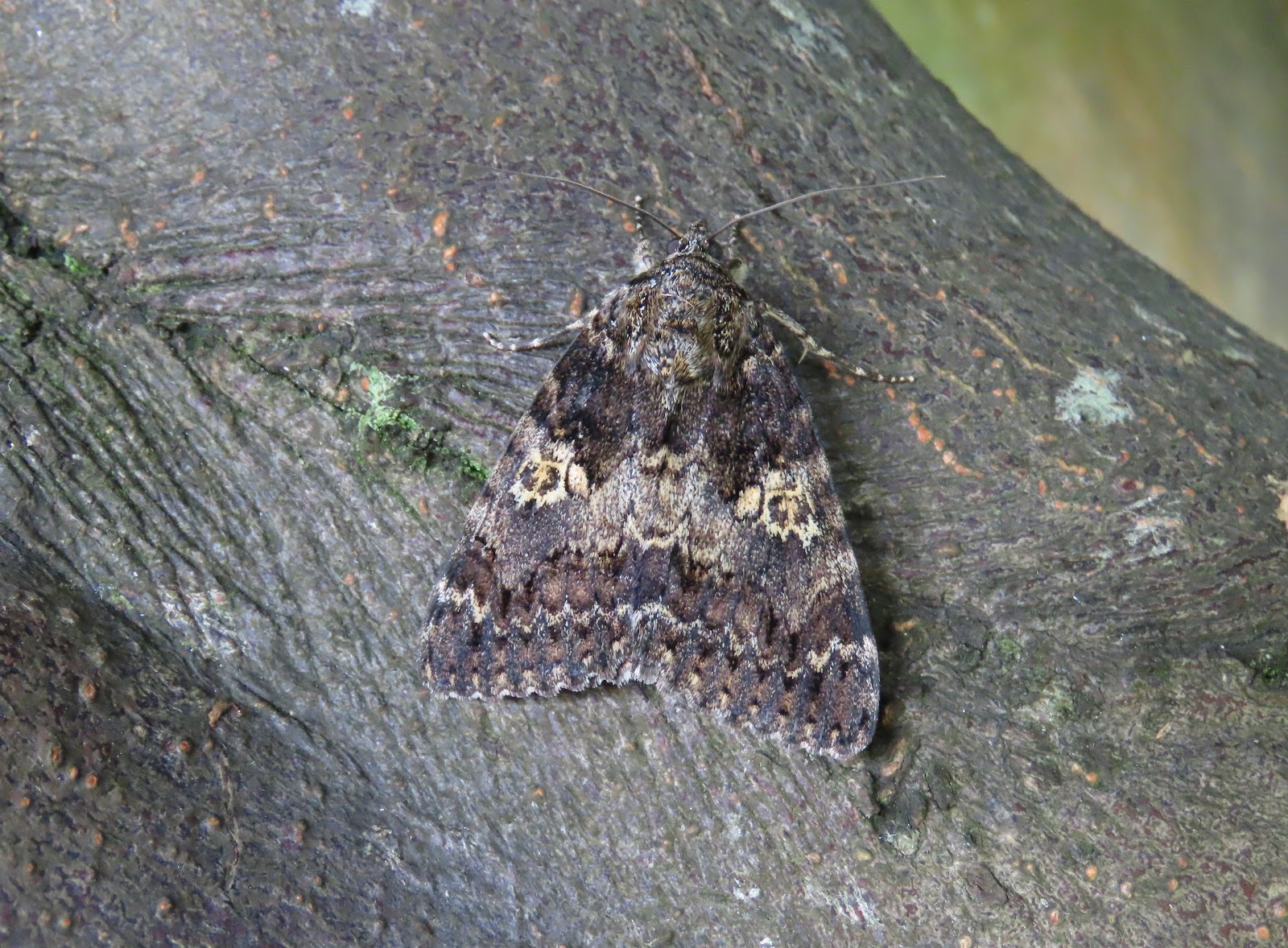
Even here in the normally sedate south-east of England the weather is kicking off. An unusually blustery west to south-westerly wind is making itself felt and, looking at the weather forecast for the next few days, will continue to be a nuisance. What it must be like to the north and west of us I can only imagine and sympathise with. Roof tiles, fence panels, tree boughs, garden furniture and moth-traps all going on unscheduled journeys into the air... Now Christmas is over (in my book that is when Boxing Day finishes) I normally start to tidy up in readiness for the new year and look back at the past 12-months. 2023 has been a bit of a roller-coaster for me, some great highs and some nasty lows. As I'm fond of saying, if you experience the privilege of reaching an 'older' age then you need to accept that things will not always run smoothly - unless you are very lucky indeed. It goes with the territory. Enough said. I didn't travel far this year. Most of my birding was...

